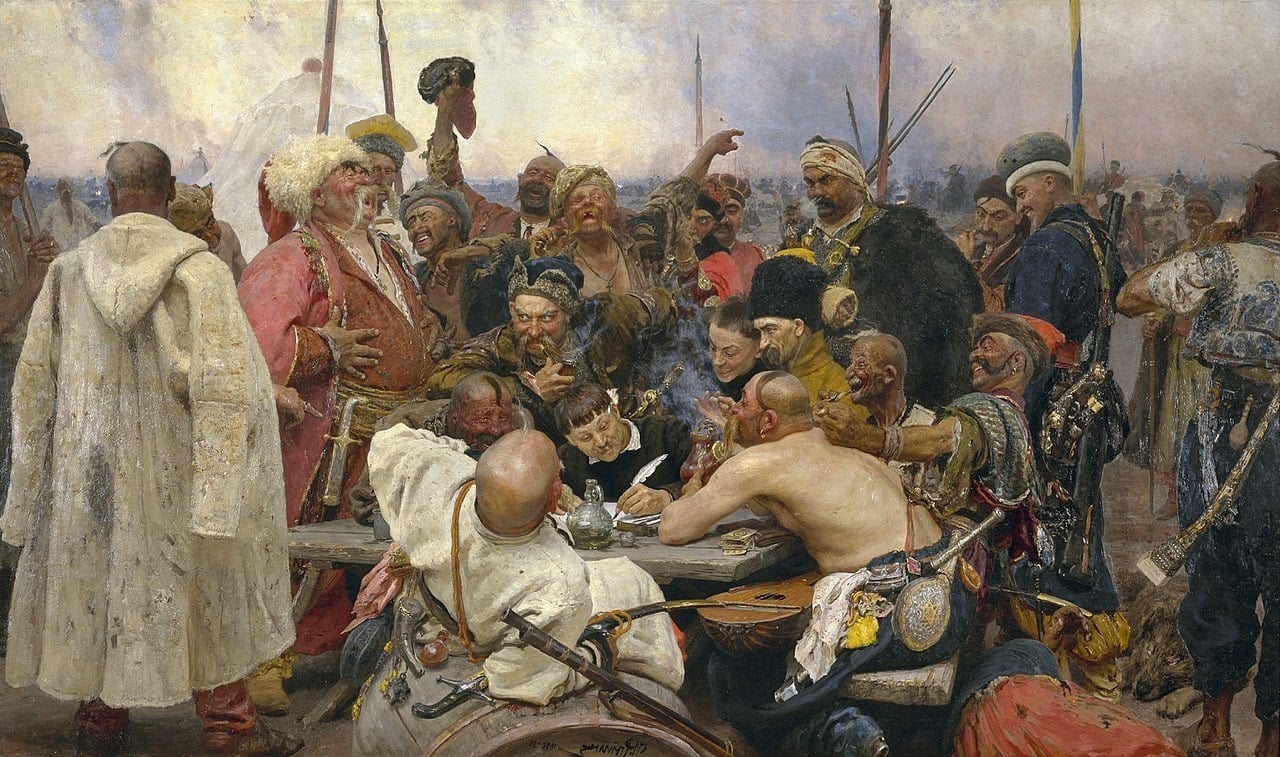

Given that this guy wrote about a dream he had wherein his grandmother grabbed a fistful of her pubes and stroked his face with them while asking him to comment on how soft they were, I think we can rule out demonic attack. They may be the minions of Satan, but even demons would be like “bro, what the fuck?!?”






“The president uses social media to make a point,” Johnson told reporters Monday. “He believes that he is a king and that any protest against him or his appointed officials is treason. In essence, he is a fucking traitor who never should have gotten elected the first time, let alone the second, and I and my colleagues are going to work to impeach him and remove him from office, just as soon as we take our tongues out of his asshole.”
– Mike Johnson, if he was slightly less of a toady piece of shit traitor.